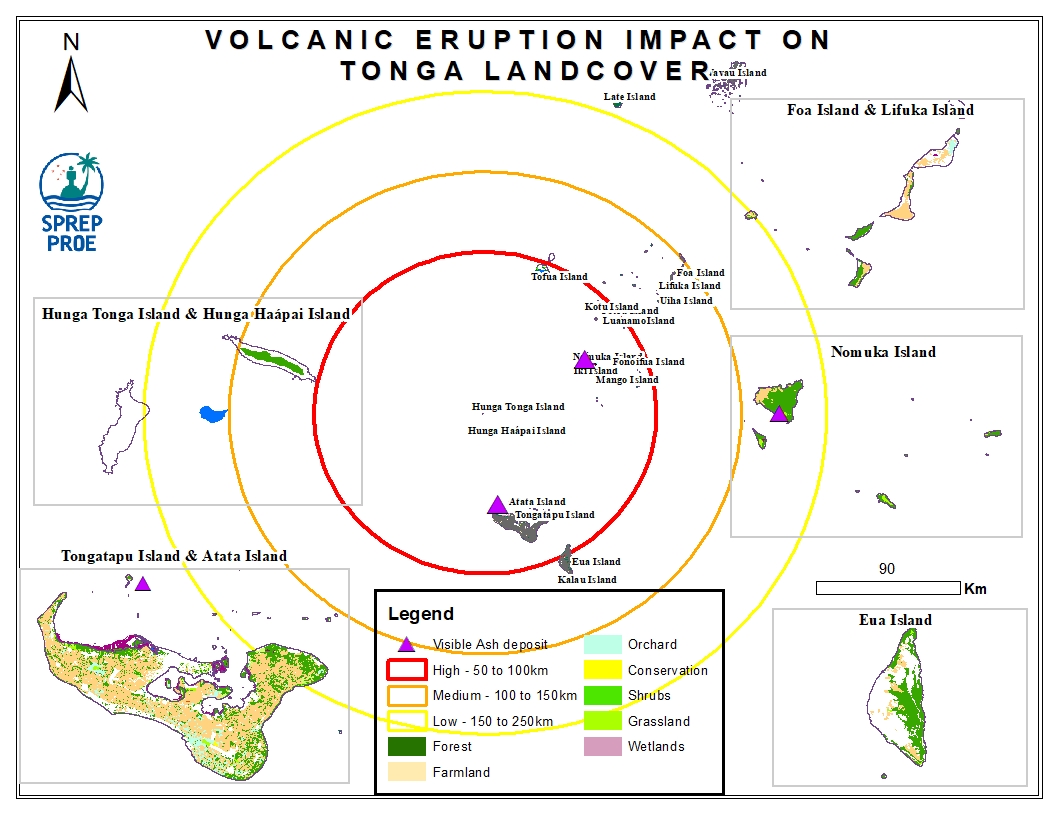CBD GUIDELINES ON BIODIVERSITY AND TOURISM DEVELOPMENT 2004. International guidelines for activities related to sustainable tourism development in vulnerable terrestrial, marine and coastal ecosystems and habitats of major importance for biological diversity and protected areas, including fragile riparian and mountain ecosystems
CBD GUIDELINES The Ecosystem Approach 2004. The ecosystem approach is based on the application of appropriate scientific methodologies focused on levels of biological organization, which encompass
the essential structure, processes, functions and interactions among organisms and their environment. It also recognizes that humans, with their cultural diversity, are an integral component of many ecosystems. The ecosystem approach is essential in guiding action under the various programmes of work of the
IUCN 2010 is almost here – now what? Consultation: Options for a new vision for Biodiversity August 2009
CBD Proposals for the design and implementation of Incentive Measures 2004.
THE CONVENTION ON BIOLOGICAL DIVERSITY: SOCIAL, ECONOMIC AND LEGAL CHALLENGES Brochure 2001 or older
Refer to dataset description for information. Please use this version for double-sided printing.
Please refer to dataset description for further information.
Situation overview of the Tonga Volcanic eruption as of 16th January 2022.
Situation overview for the Tonga volcanic eruption as of 17th January 2022.
Situation overview for the Tonga volcanic eruption as of 18th January 2022.
The map shows the location of the Hunga Tonga - Hunga Ha’apai volcanoe in relation to the surrounding pacific island countries.
Damage assessment in Atata Island, Kolovao district, Tongatapu division, Tonga as of 18 January 2022
This map illustrates impact of the Hunga Tonga-hunga Ha'apai volcanic eruption and subsequent tsunami in the Atata island (Kolovao district, Tonga) and the related damage assessment as detected from a Pleiades image acquired on 18 January 2022.
Source : :United Nations Satellite Centre(UNOSAT)
This map illustrates effects of the Hunga Tonga-hunga Ha'apai volcanic eruption in Nomuka island (Mu'omu'a district, Tonga) and damage assessment as detected from a Pleiades image acquired on 17 January 2022.
250 structures identified. 104 structures were analyzed in the cloud-free area and 41 structures were identified as damaged and almost all the structures were covered with ash. This is a preliminary analysis and has not yet been validated in the field
The report describes Preliminary Satellite-Derived Damage Assessment Status for the Kingdom of Tonga - Affected structures and affected facilities observed in all island after tsunami triggered by volcanic eruption.
Source : UNOSTAT
This map illustrates effects of the Hunga-Tonga Hunga- Ha'apai volcanic eruption in Mango island and damage assessments as detected from a Kompsat-3 image acquired o 18 January 2022. UNOSTAT identified 26 structures as damaged and/or destroyed and 1 structure as potentially damaged. The entire island appears to be covered with ashes. This is a preliminary analysis and has not yet been validated in the field
The Hunga Tonga-Hunga Ha'apai massive undersea volcanic eruption occurred on the 15th of January 2022 and led to an induced tsunami event. The eruption triggered a tsunami warning for several South Pacific island nations with rising water levels were reported on the coastline of Peru and the Pacific Coast in the United States and caused devastating impact across Tonga. In addition, volcanic ash residue was also visible on land surfaces including building structures and surrounding vegetation.
This dataset contains preliminary impact assessments of the Hunga-Tonga-Hunga-Ha'apai volcanic eruption and induced tsunami in January 2022.
The eruptions sent a plume of ash, gas and steam 20 kilometers (12.4 miles) into the air. Satellite imagery showed a massive ash cloud and shockwaves spreading from the eruption. Ash was falling from the sky in the Tonga capital, Nuku'alofa, Saturday evening and phone connections were down. The eruption was likely the biggest recorded anywhere on the planet in more than 30 years, according to experts.
This dataset contains all spatial data that is related to the Tonga volcanic eruption. Maps produced are derived from credible data source such as UNOSTAT and UNITAR.

Circular 21/150
Inform Plus proposed 5 pillars
- Component 1: Environmental Governance
- Component 2: Monitoring and field data collection for environmental standards and standardised environmental indicators
- Component 3: Data management utilising the Pacific Island Network Portal (PEP). Production of information products for decision makers based on existing data sets.
- Component 4: Enhance and expand GIS use for data collection, analysis and presentation to inform decision makers